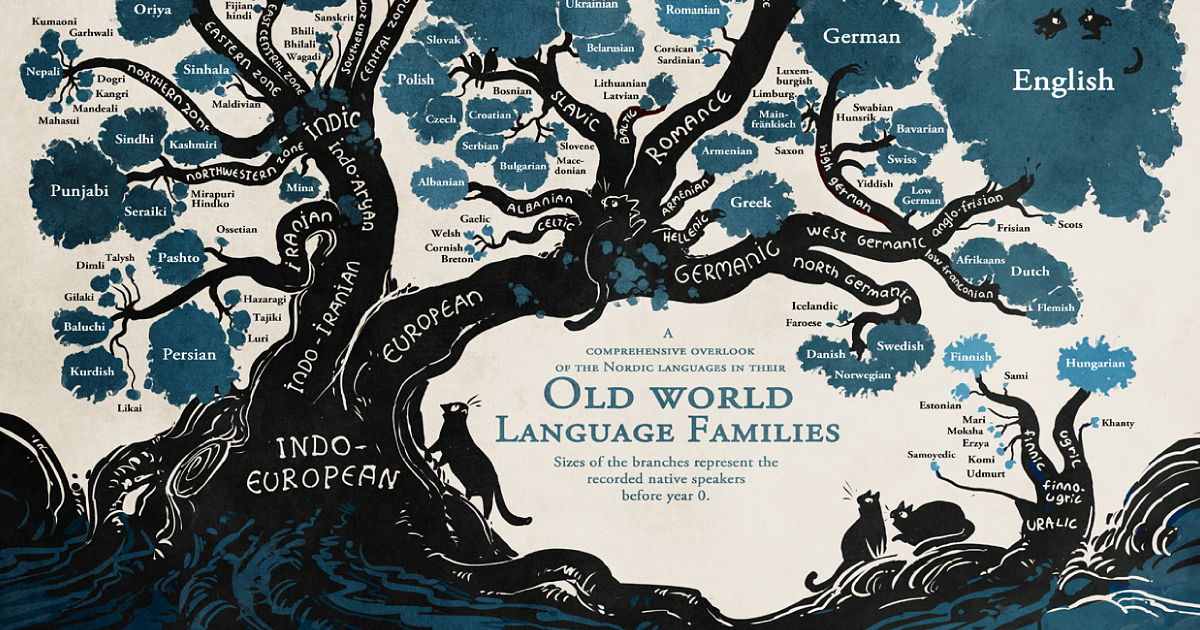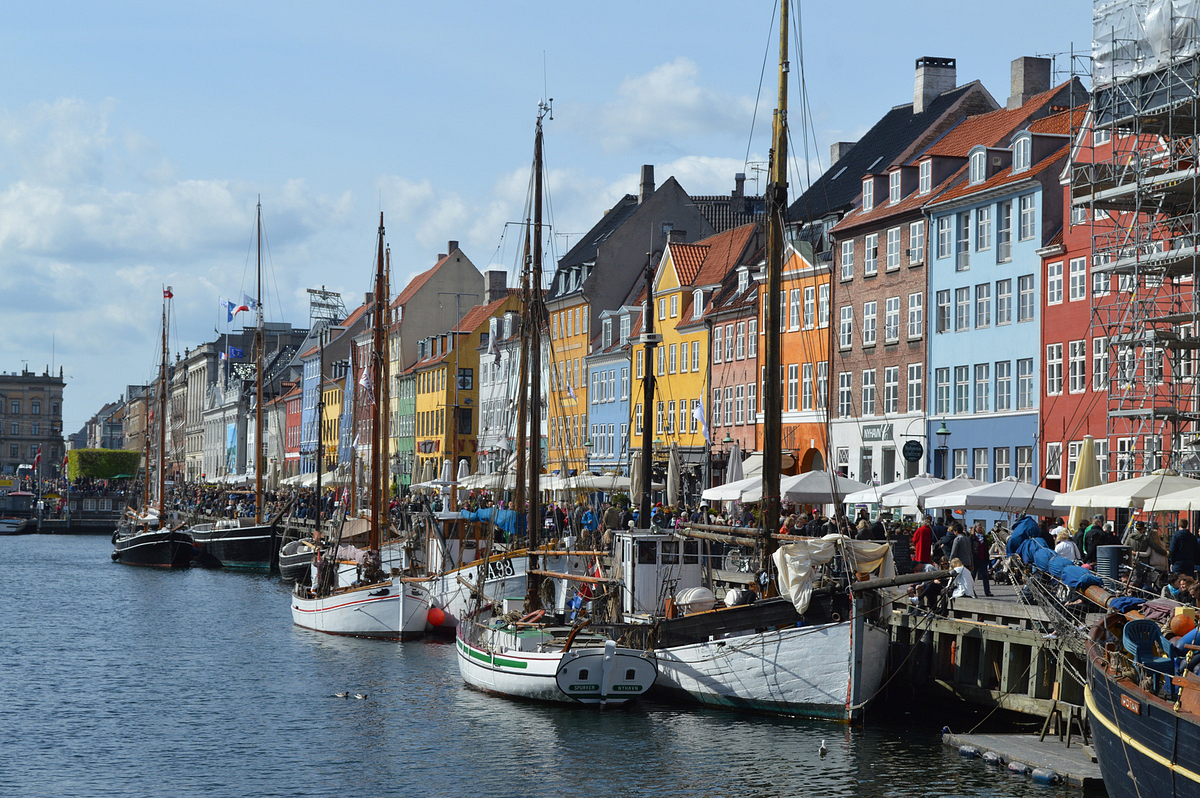
Happy Europe Day!
If you’ve never heard of Europe Day, you may be impressed to learn that it is a dedicated day of celebration of unity and peace throughout Europe.
The Council of Europe celebrates the day on May 5, while the rest of the European Union celebrate on May 9. The day of celebration dates back to 1964, with the idea being that founding members, Germany, Italy, Luxembourg, France, Belgium, and the Netherlands would pool their steel and coal resources to create a common market and import and export duties would be lifted. Interestingly, May 9 coincides with Victory Day, which is celebrated in Eastern Europe.
With so much to celebrate, we thought we’d dedicate this article to the languages of Europe – powerful languages that bring about a great deal of respect and peace throughout history.
The languages of Europe and the main language families
In Europe, there are three primary language families, with the largest being the Indo-European family. Second in line is the Finno-Ugric family, and in third place is the one language that you will hear spoken in northwestern Spain, all the way in the Pyrenees mountains – Basque.
The Indo-European language family
The Indo-European group has over three billion native speakers, making it the largest in the family. These languages can be heard and spoken throughout Europe, North and South America, western Asia, and even Oceania. Within Europe, there are five common sub-families.
- Latin Languages – these official languages, including Italian, Spanish, French, Portuguese, Catalan, and Romanian, all derive from Latin, which was the language of the Roman Empire. Each language uses the Latin alphabet (the same one we use in English, interestingly).
- Germanic Languages – these include English, German, Dutch, Flemish, Norwegian, Swedish, and Danish. Each of the languages borrowed the Latin alphabet, but there are some that still use Norse runic symbols for letters.
- Slavic Languages – Czech, Russian, Ukrainian, Polish, Bulgarian, Serbo-Croatian, Slovak, and Slovenian either use the Cyrillic alphabet or the Latin alphabet.
- Celtic languages – there is just one country in all of Europe where a Celtic language is an official language, and that is Irish in Ireland. However, it shares the spotlight with English, as does Welsh in Wales, Scots Gaelic in northwestern Scotland, and Breton in Brittany, a French province.
- Greek and Albanian – Albanian uses the Latin alphabet.Greek uses the Greek alphabet and is the official language of Greece as well as being one of the official languages in Cyprus.
- The Finno-Ugric Family. This family of languages is spoken by several million-people distributed over an area that extends from Norway to the Ob River in Siberia, all the way to the south to the Danube River within Europe.
The languages within this family are related to the minority languages that are spoken mainly in Russia. They are distant cousins of Turkic languages and include Finnish, Estonian, and Hungarian. Each of the languages uses the Latin alphabet like English.
So much to celebrate
While the concept of Europe day is to celebrate the breaking down of trade barriers, it goes beyond that and celebrates the breaking of language barriers, bringing the people of Europe stronger unity, peace, and great respect. After all, Angela Carter said, “language is power, life, and the instrument of culture, the instrument of domination and liberation.”
We couldn’t agree more, language is indeed power!
Subscribe for more
Stay up to date with the latest articles, news and translation insights


